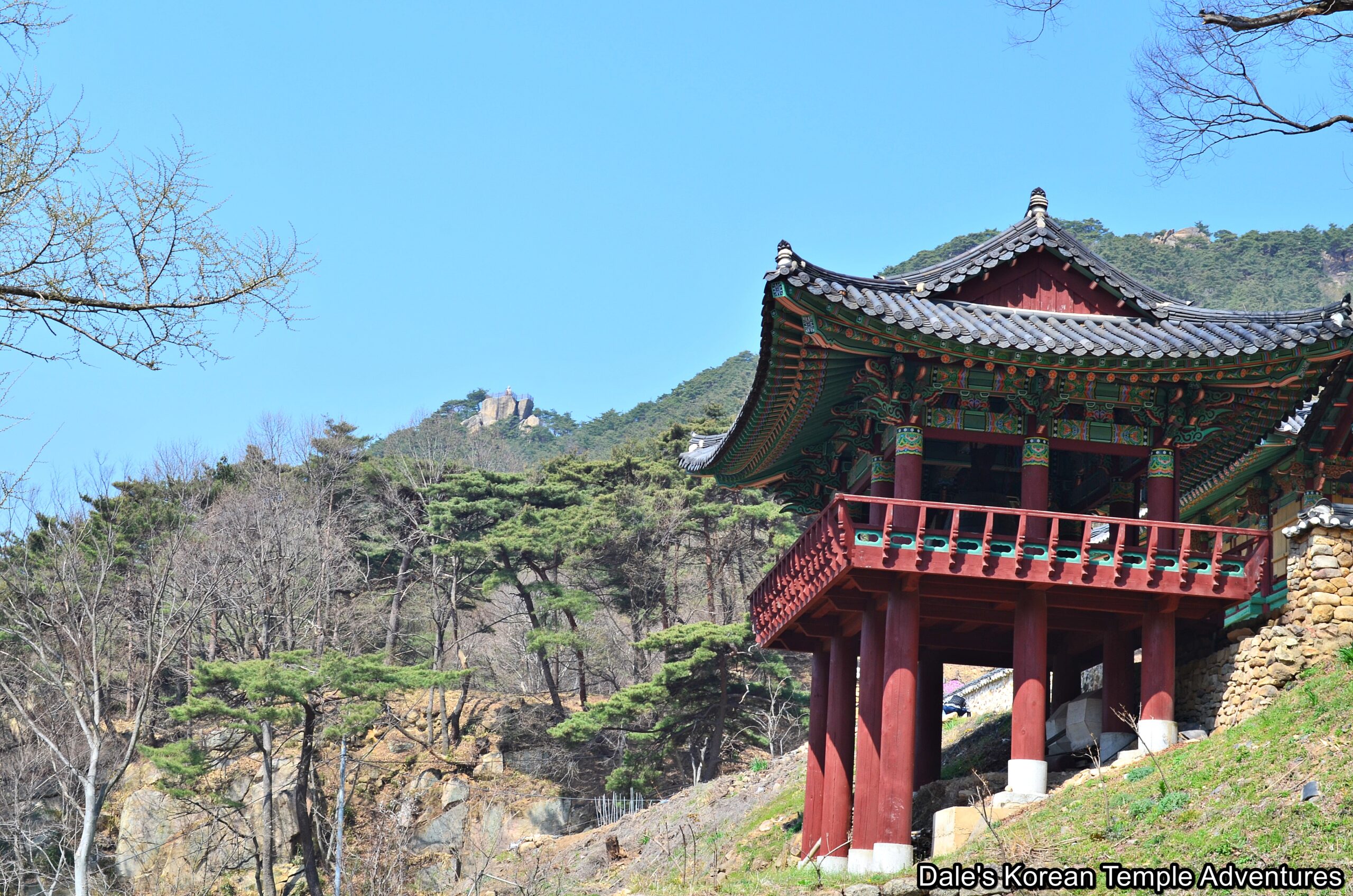
Hello Again Everyone!!
Gwanryongsa Temple is located in Changnyeong, Gyeongsangnam-do. The temple is in fact located south of Mt. Gwanryongsan (753.6m) in Hwawang District Park. The name of the temple, Gwanryongsa Temple, means “Sighting Dragon Temple,” in English. There are two differing dates as to when Gwanryongsa Temple was first built. One is in 349 A.D., during the reign of King Heulae of Silla (r.310-356 A.D.). And the other date of when Gwanryongsa Temple was first established is in 583 A.D. by the monk Jeungbeop-guksa. As for the name of the temple, it comes from Wonhyo-daesa (617-686 A.D.). On the last day that Wonhyo-daesa was praying on the neighbouring Mt. Hwawangsan with one of his thousand followers, Songpa, they saw nine dragons fly through the sky from a pond. This site was also one of eight that Wonhyo-daesa taught the Hwaeom-gyeong (Avatamsaka Sutra). During the Imjin War (1592-1598), almost all the buildings at Gwanryongsa Temple were destroyed in 1592. Over the centuries, Gwanryongsa Temple has been rebuilt starting in the early part of the 17th century.
In total, Gwanryongsa Temple is home to six Korean Treasures, including a highly unique Yaksa-jeon Hall.
As you pass through the entrance gate to Hwawangsan District Park, you’ll pass by a pair of stone guardian spirit poles in a farmer’s field. This pair of stone guardian spirit poles date back to sometime during the Joseon Dynasty (1392-1910). In total, there are perhaps only about one hundred of these spirit poles still in existence in Korea. The one on the left is male, while the one to the right is female. They both fiercely bare their teeth. There are three explanations as to what these spirit poles mean. The first is that they are a boundary marker for the Gwanryongsa Temple land, so that people wouldn’t hunt or fish on Buddhist land. The second explanation is that they were meant to ward off evil spirits. And the third theory is that they are used to help counteract any possible geomantic, or Pungsu-jiri, in Korean, weakness of the land. These spirit poles are a wonderful example of the blending of traditional shaman beliefs and Buddhism in Korea.
Finally having made your way up to the main temple grounds, you’ll be greeted by the temple’s beautiful front facade. The most noticeable aspect of the front facade is the bell pavilion that protrudes outwards with the temple’s large bell and ancient Dharma Drum. To the right of the bell pavilion, or the “Jong-ru,” in Korean, you’ll find a stone entry gate.
After climbing a set of stairs, and passing through the temple’s Cheonwangmun Gate, you’ll finally be standing squarely in Gwanryongsa Temple’s main courtyard. To your immediate right are the monks’ dorms. Just beyond this building is the Daeung-jeon Hall. The exterior walls to the main hall are largely unadorned all but for the floral patterns that adorn the eaves of the exterior. The Daeung-jeon Hall was first built at Gwanryongsa Temple in 1401, but it was destroyed during the Imjin War. It was rebuilt in 1618, and it’s Treasure #212. As for the interior, and resting on the main altar, you’ll find Seokgamoni-bul (The Historical Buddha) in the centre. This statue is joined on either side by Yaksayeorae-bul (The Medicine Buddha, and the Buddha of the Eastern Paradise) and Amita-bul (The Buddha of the Western Paradise). This triad is meant to symbolically represent Samsara. These statues were first made in 1629, and they’re Korean Treasure #1730. There were eight monk sculptors, including Hyeonjin, Seungil, Cheonmin, and Suyeong, that made the triad inside the Daeung-jeon Hall. As for the rest of the interior of the Daeung-jeon Hall, it’s filled with a beautiful floral ceiling. On the far right wall, you’ll find the Shinjung Taenghwa (Guardian Mural). Perhaps the most unique feature of the Daeung-jeon Hall is the five metre tall painting of Gwanseeum-bosal (The Bodhisattva of Compassion) on the back wall of the main altar. This painting is believed to be from the 18th century, and it’s Korean Treasure #1816.
To the immediate left of the Daeung-jeon Hall is the compact Myeongbu-jeon Hall at Gwanryongsa Temple. This hall is dedicated to Jijang-bosal (The Bodhisattva of the Afterlife). The green-haired incarnation of Jijang-bosal is joined by the Shiwang, or “The Ten Kings of the Underworld,” in English.
Slightly in front and to the left of the Daeung-jeon Hall and the Myeongbu-jeon Hall is the Yaksa-jeon Hall. This building was one of only a few to avoid the flame during the Imjin War. While the exact date of the shrine hall is unknown, it’s believed to date back to the earlier part of the Joseon Dynasty around the 15th century. The reason that this is believed is that it has structural similarities to the Haetalmun Gate at Dogapsa Temple, which was built in 1473; and the Guksa-jeon Hall at Songgwangsa Temple, which built in 1404. The exterior walls to this diminutive hall are adorned with older floral designs. Inside the Yaksa-jeon Hall, you’ll find a stone statue of Yaksayeorae-bul that dates back to the Goryeo Dynasty (918-1392). However, and rather mysteriously, while the statue dates back to Goryeo Dynasty, the pedestal was created in 772 A.D. The statue was made by a local artisan, and it was modeled after the neighbouring Stone Seated Buddha at Yongseondae Cliff of Gwallyongsa Temple, which was made during the 9th century of Later Silla (668-935 A.D.). This hall is filled with beautiful scenes of nature, as well as Buddhas and Bodhisattvas. While the Yaksa-jeon Hall is Korean Treasure #146, the stone statue inside of Yaksayeorae-bul is Korean Treasure #519. And out in front of the Yaksa-jeon Hall is a three-story stone pagoda that dates back to Later Silla (668-935 A.D.). This stone pagoda is Gyeongsangnam-do Tangible Cultural Property #11.
To the right of the Daeung-jeon Hall are three equally interesting buildings. Just behind the temple’s watering hole is the Chilseong-gak Hall. Uniquely, you’ll find both a mural dedicated to Chilseong (The Seven Stars) and Yongwang (The Dragon King) inside this shaman shrine hall. The painting of The Dragon King, while stunning, is also one of the most intense paintings of Yongwang that you’ll find in Korea. To the left of this shaman shrine hall, you’ll find a compact shrine hall dedicated to both Sanshin (The Mountain Spirit) and Dokseong (The Lonely Saint). Both of these paintings are unique in their simplicity.
The third, and final, shrine hall in this area is the Nahan-jeon Hall. The exterior walls of this shrine hall are adorned with Nahan (The Historical Disciples of the Buddha). And like the exterior, the interior is filled with Nahan; but this time, in statue form. Seated on the main altar are a triad of statues centred by Seokgamoni-bul. This statue is joined by Yeondeung-bul (The Past Buddha) on one side and Mireuk-bul (The Future Buddha) on the other side. The interior is also filled with beautiful murals dedicated to the Nahan, as well.
Surrounding the temple is some unique Buddhist masonry like the stone stupa to the rear of the temple grounds. This large oval stupa is Gyeongsangnam-do Cultural Material #19. This stupa is believed to date back to around the late Goryeo Dynasty or the early Joseon Dynasty based on its design. But the main highlight around the temple grounds is the previously mentioned Stone Seated Buddha at Yongseondae Cliff of Gwallyongsa Temple, which is Korean Treasure #295. The statue has a small torso and an octagonal lotus flower base, and it serenely looks down at Gwanryongsa Temple from the north. This statue appears roughly five hundred metres away from the main temple courtyard.
HOW TO GET THERE: From the neighbouring city of Yeongsan to the south, you’ll need to catch a bus from the Yeongsan Intercity Bus Terminal that says “Yeongsan-haeng: 영산행,” on it. You’ll then need to get off at the Gyeseong stop. From Gyeseong, you can take either a local bus or a taxi.
OVERALL RATING: 8.5/10. Gwanryongsa Temple is probably the largest temple that you’ve never heard about before. From its twin guardian spirit poles at the entry, to the interior of the historic Daeung-jeon Hall, to the amazing Yaksa-jeon Hall and neighbouring Stone Seated Buddha at Yongseondae Cliff of Gwallyongsa Temple, this temple is truly packed with history and beauty. While it’s definitely out of the way, it’s definitely worth your effort to find this off-the-beaten-trail temple.
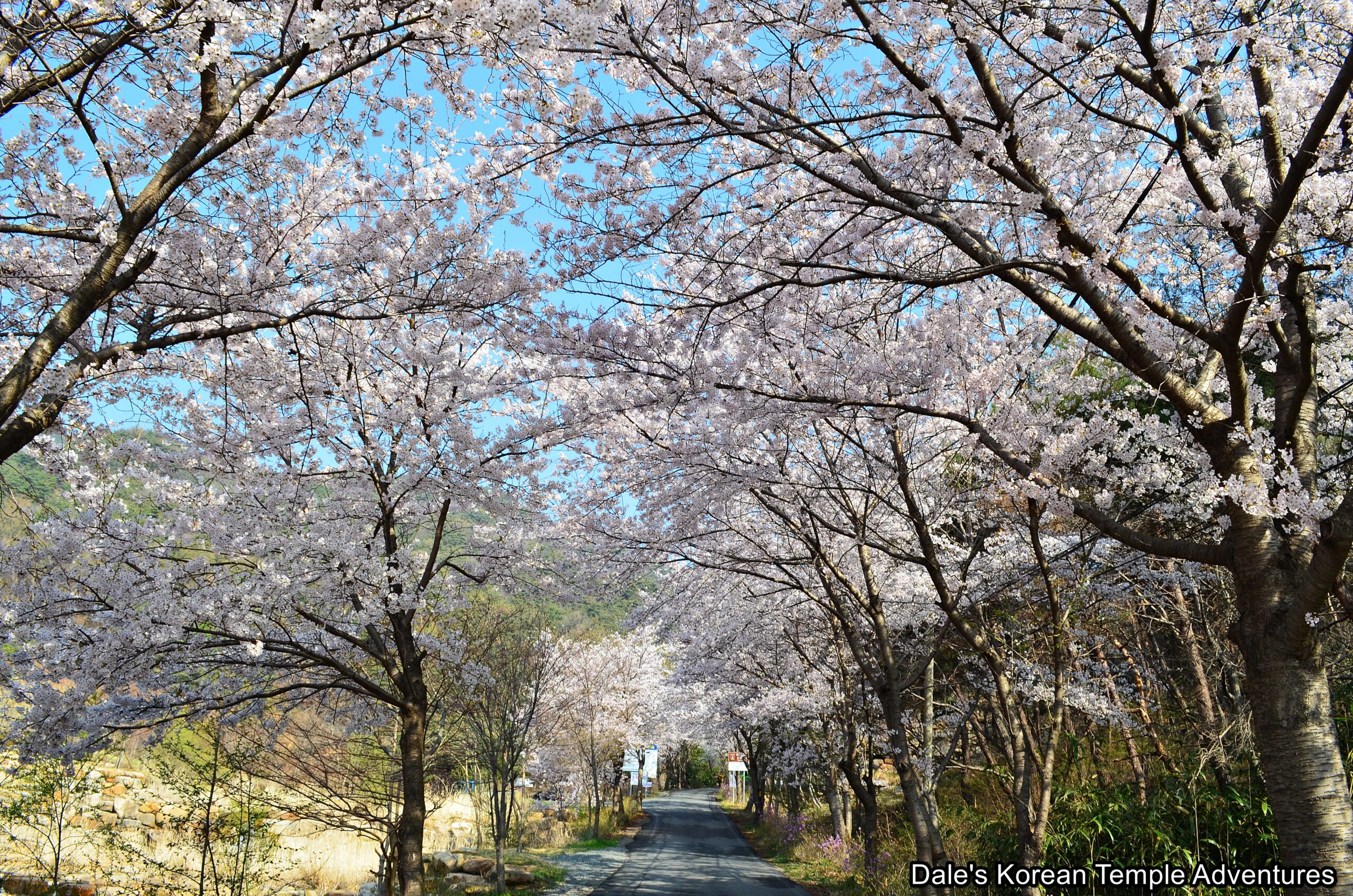
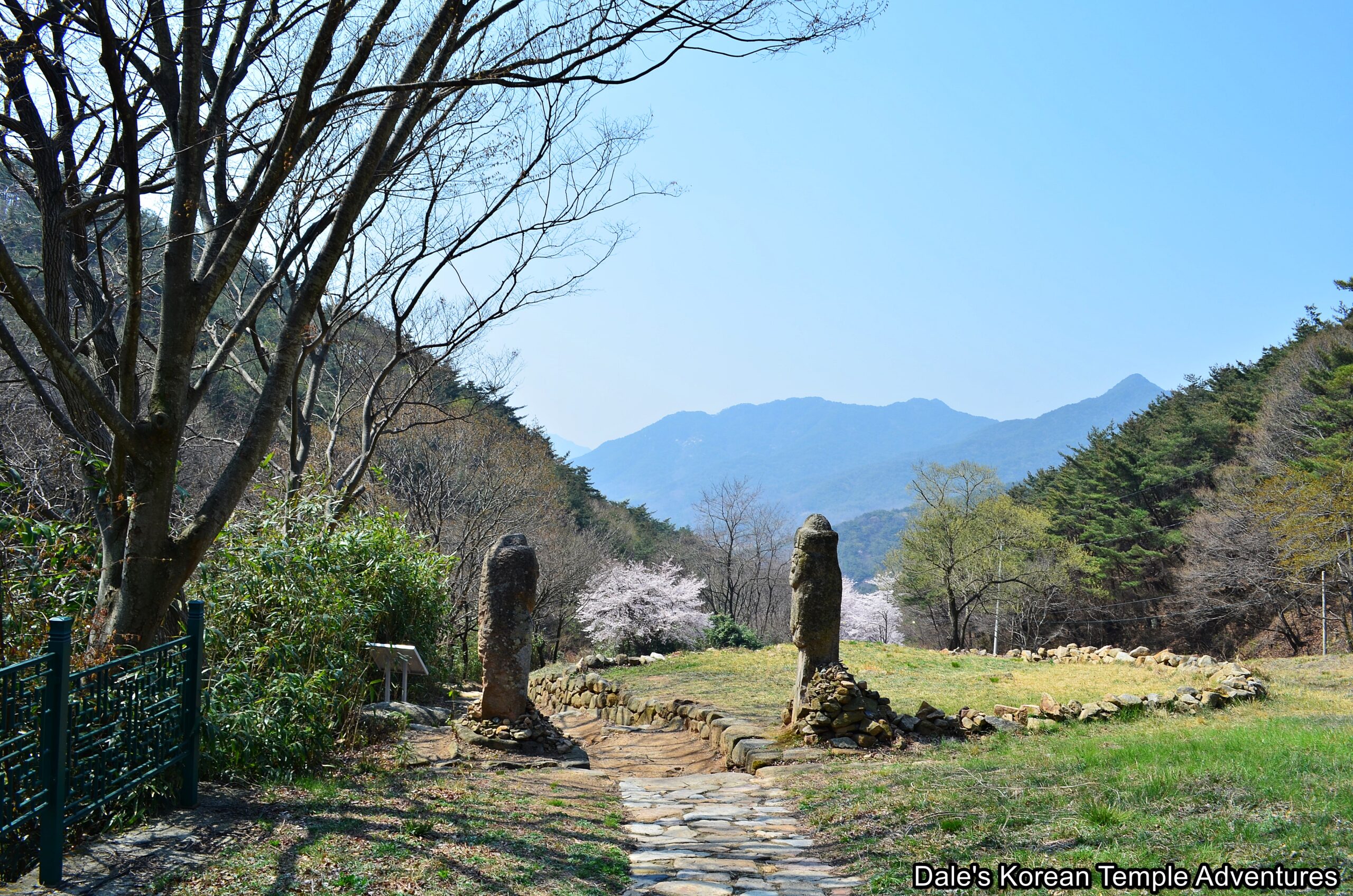
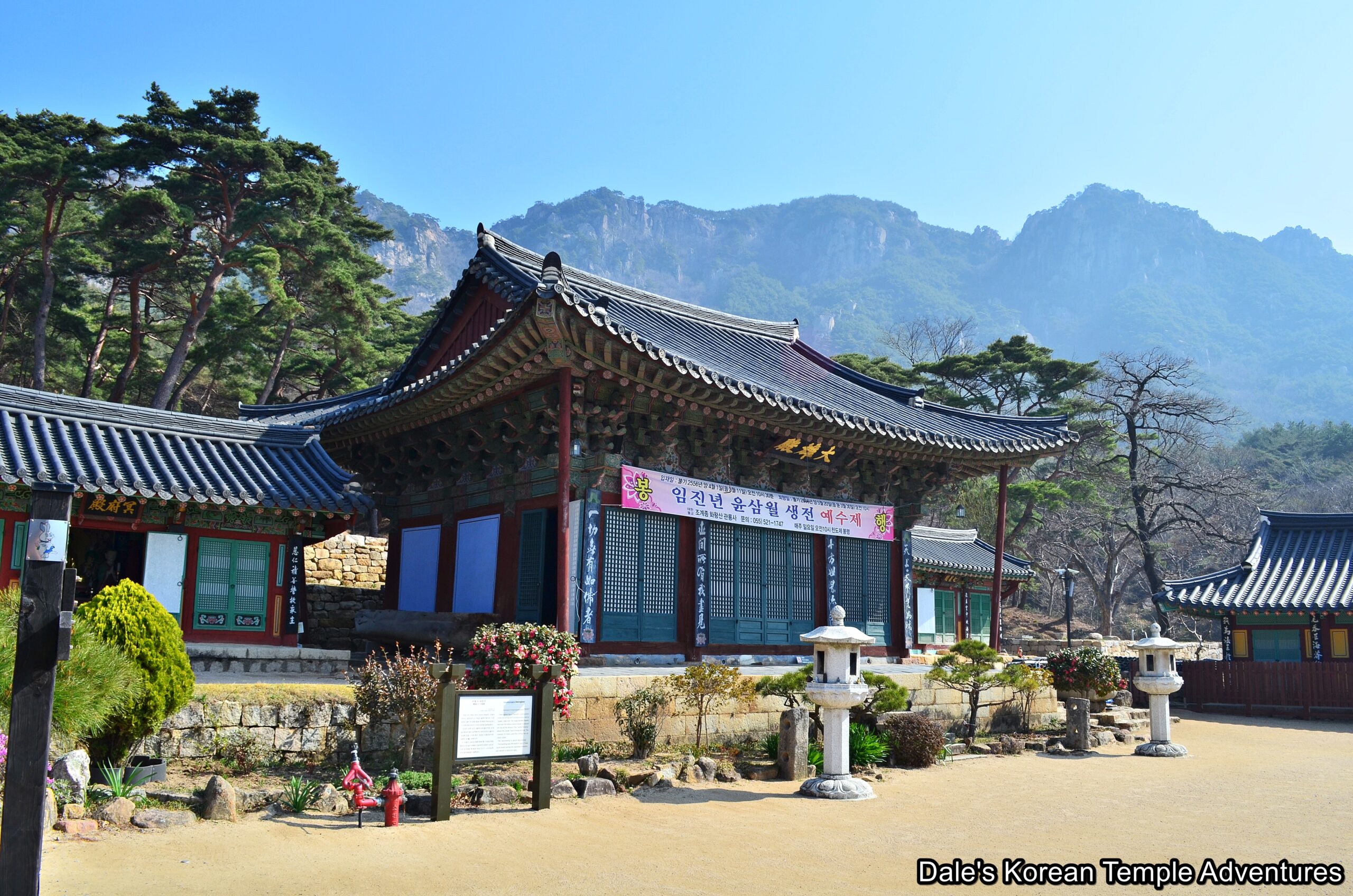
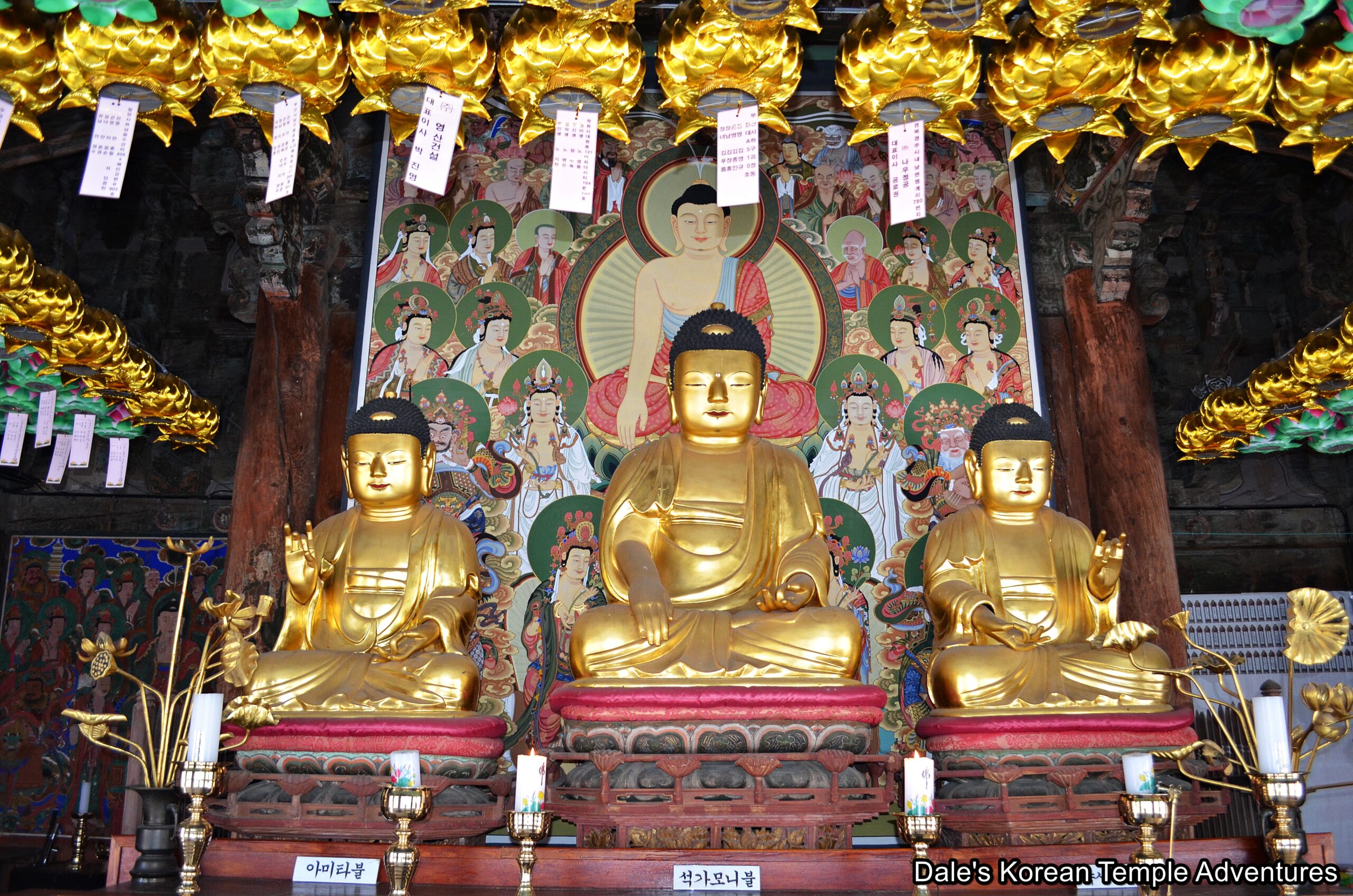
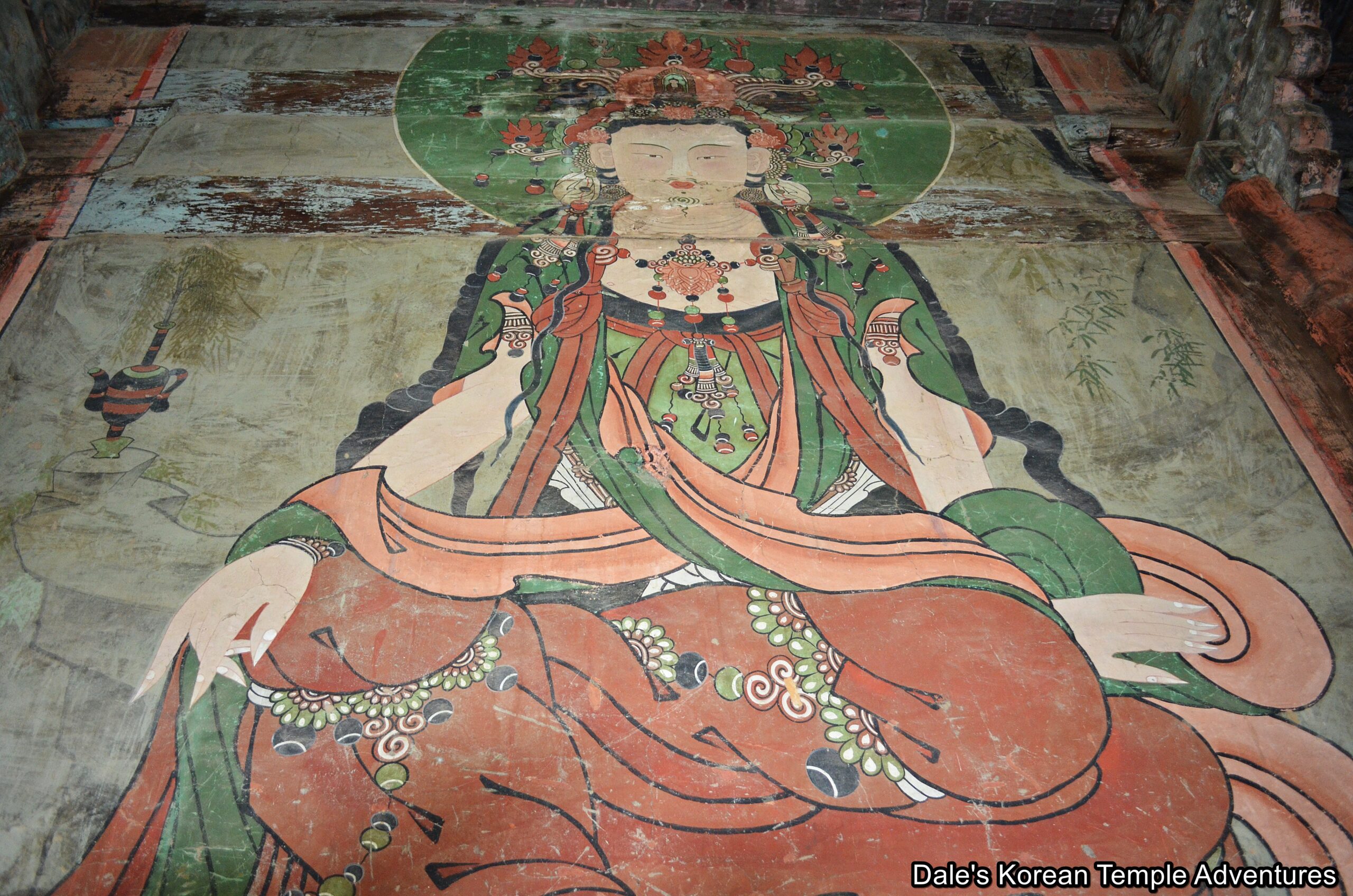
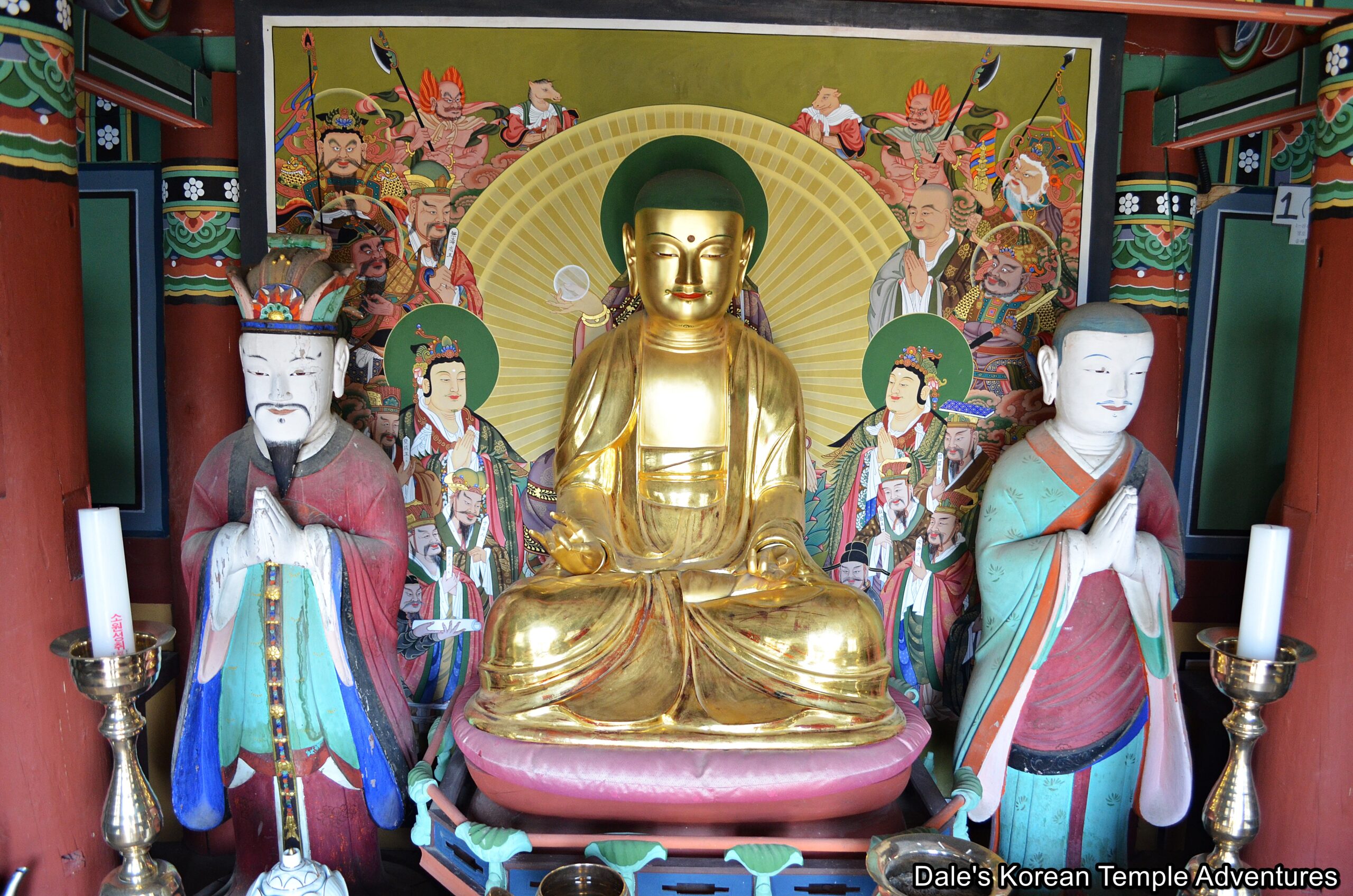

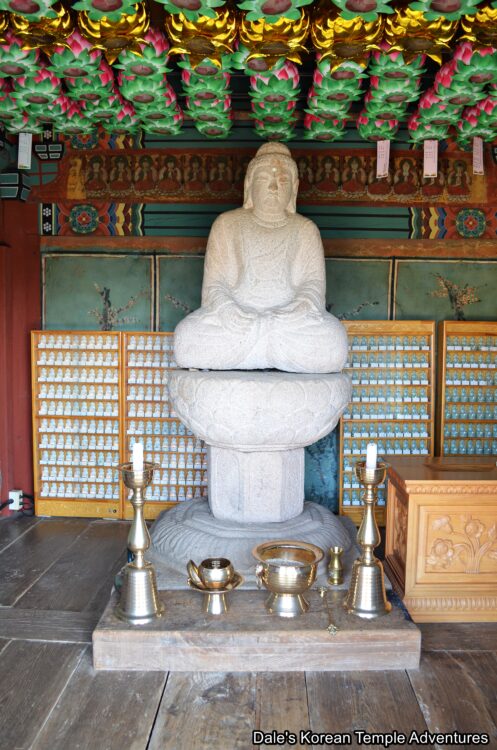
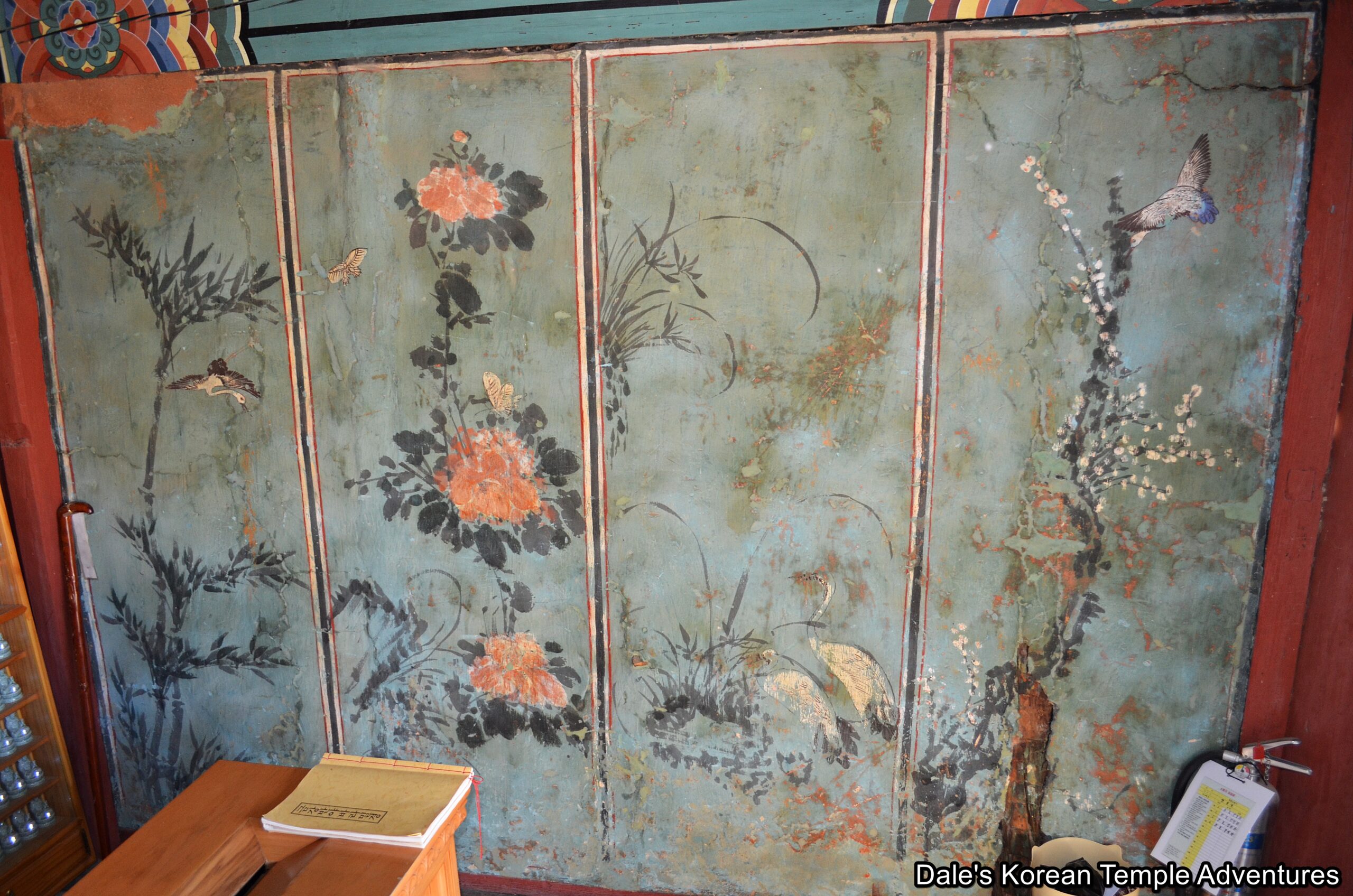
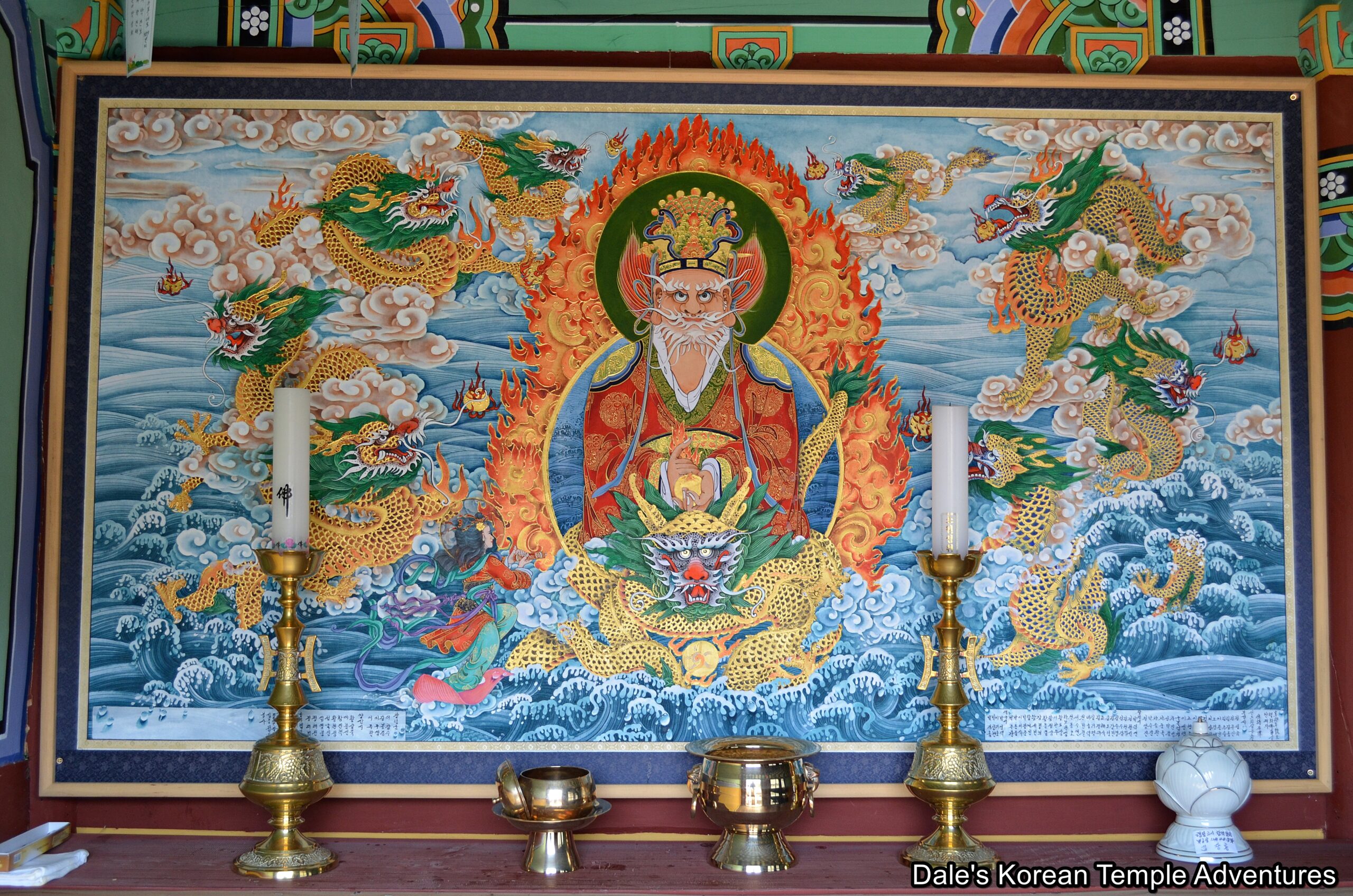


Recent comments